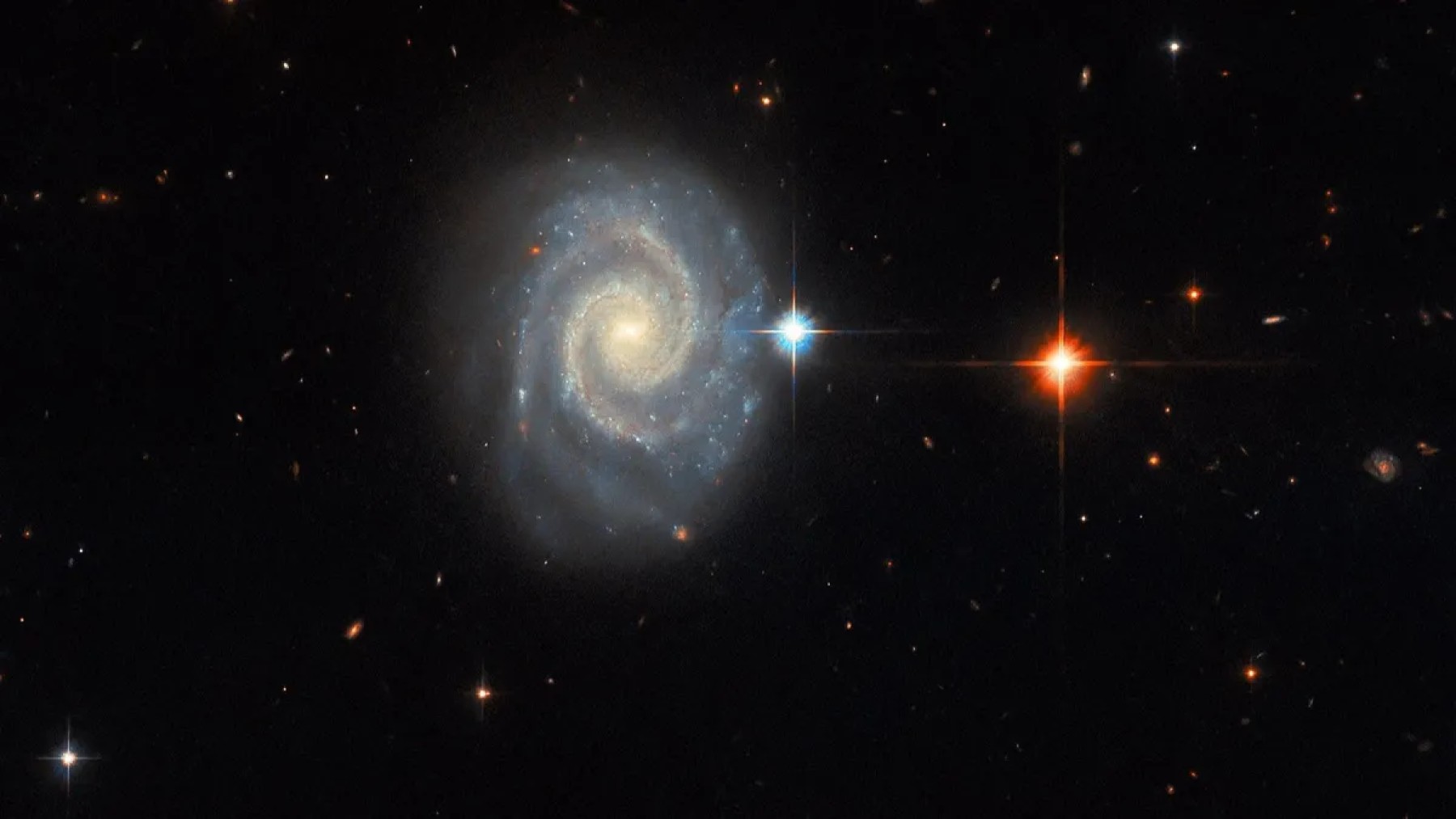If there is one thing that astronomers are used to by now, it’s surprises. Now and then, something comes along, and it really baffles them. That’s exactly what happened when NASA found a weird glow coming from a distant galaxy. A team at NASA pointed the Hubble Space Telescope at this particular area and picked up on a light that shouldn’t really be where it is.
A weird glow from a distant galaxy that does not play by the rules
It is not a faint light. It is radiant and clear and shows up right where it should not be. The wavelengths fall into a category called “forbidden,” which just means they shouldn’t be where they are. This kind of thing basically never happens in stars or packed regions of space.
Yet it is there, in the distant galaxy known as R5519. This is one of the strangest galaxies ever seen by the Hubble. Astronomers have been examining this galaxy’s strange ring-like shape. This is also a rare sight. Galaxies with this kind of shape only show up after cosmic collisions or close encounters. These leave behind these odd looped shapes of newly formed stars and gas.
What makes this “impossible glow” such a special discovery?
R5519’s ring holds another surprise besides the glow that is coming from there. Spectral lines that go against the usual laws of physics. Usually, if you shine enough light on a cloud of gas, a certain pattern of light can be seen. In this case, some of those lines just don’t fit that expected pattern.
The data just doesn’t seem to add up. Scientists are puzzled. Now, this glow doesn’t exactly defy the laws of physics. It falls in the forbidden category because the transitions are just highly unlikely. These happen under rare and fragile conditions. Atoms bump into each other too often inside stars for something this rare to occur. But in thin gas, atoms have breathing space for something like this glow to happen.
The light found by NASA’s Hubble telescope is still just too bright
The light coming from R5519 is still too bright. It shouldn’t be possible for these transitions to be this way, based on what astronomers have come to believe. The European Space Agency released an image that shows these strange emissions that have an odd glow that suggests dramatic changes in temperature and density.
Some experts believe a heavy collision sent shockwaves through the gas, thinning it out and heating it up, which gave rise to this forbidden glow. Others think this crash created matter we may not be familiar with. There is no exact explanation as to why this is happening.
NASA’s cosmic conundrum surrounding this forbidden glow
This is going to be a headache for textbooks. NASA’s analysis clearly shows that this forbidden glow is because of there being way more energy than anyone thought there could be, or the glow is because of physical conditions that nobody has ever thought could exist.
The laws of physics are not broken, and nobody is suggesting that, but this forbidden glow is big. Something might be missing from our understanding of how gas acts under these conditions. R5519 is forcing experts to rethink what they once thought to be true.
Some experts say magnetic fields are shaping this occurrence, while others say this ring-shaped galaxy is creating stars in overdrive. The brightness of this forbidden glow is pushing both these sound theories to their limits. This forbidden glow might reveal what happens when galaxies are broken up and how what is left is even stranger than what we once thought possible.

